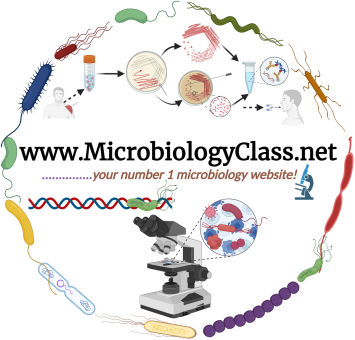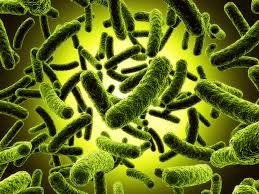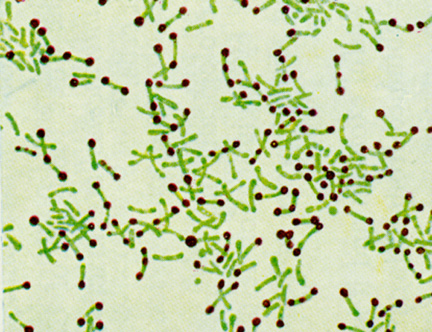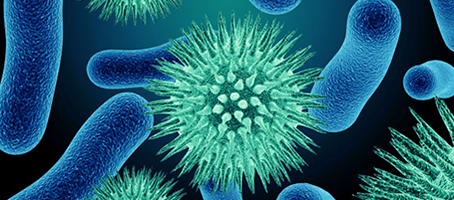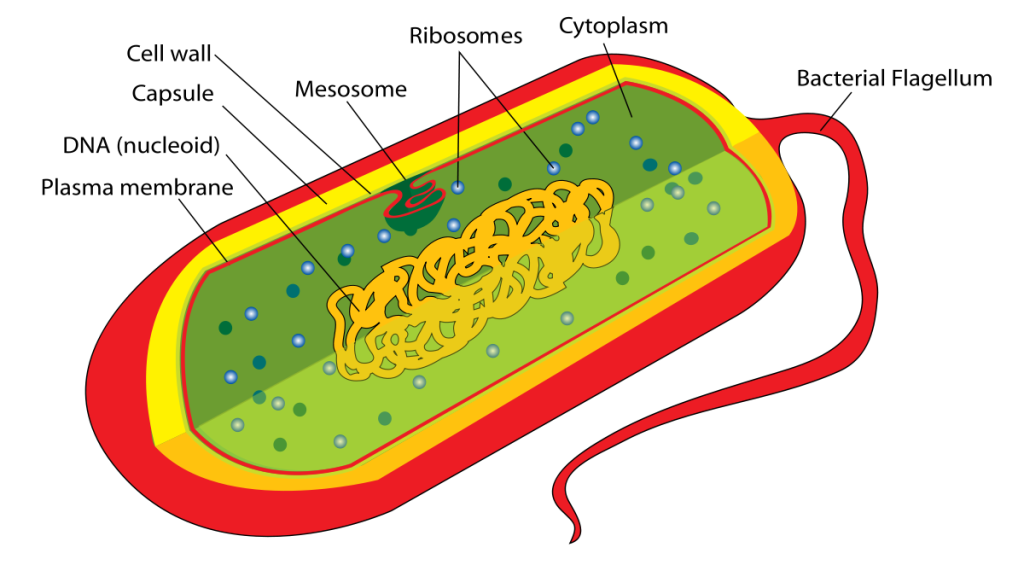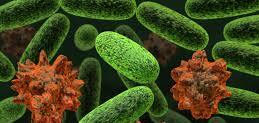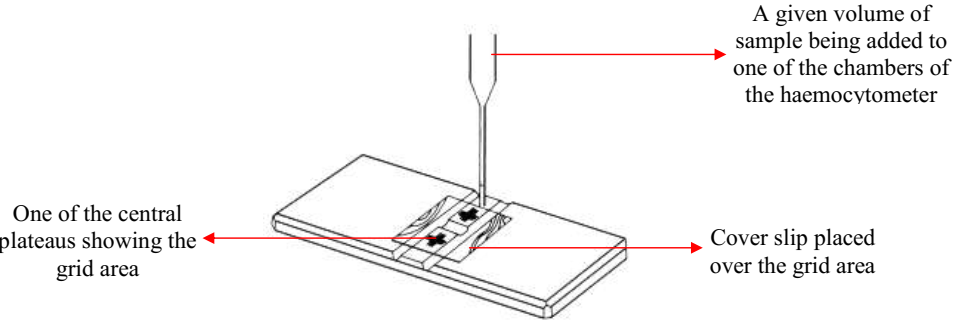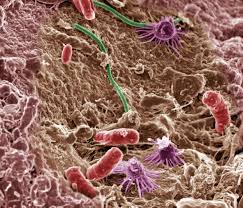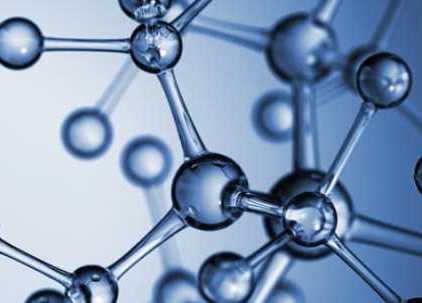EUKARYOTIC CELLS
Eukaryotic cells are organisms or cells that have a membrane-bound nucleus. They are distinct group of organisms that have a unit membrane-enclosed nucleus and other organelles such as the mitochondria that are membrane-bound . They are different from prokaryotic cells which lack membrane-bound nucleus. The term eukaryote is derived from the Greek word eu which […]
